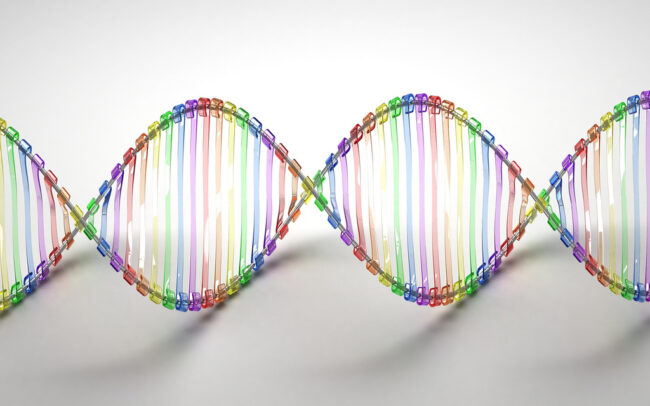In the movie Alien (1979), a crew member aboard an earth-bound spaceship is attacked by an alien lifeform. The alien mysteriously penetrates his body and eventually takes his life.
To think this was real and not entirely science fiction!! Well, partly it is real. Not aliens, but DNAs from other species have indeed found their way into our very own genomes. They have come from bacteria, fungi and roundworms. And a great deal has come from viruses.
When animals mate, they pass down their genes to their offspring. Geneticists call this ‘vertical transfer’. Genes could however move horizontally too, from one species into another. The commonest gene exchangers are the ubiquitous bacteria. But a number of data indicate that human beings may have gained genes by horizontal transfer too, albeit at a lower frequency than bacteria. Scientists at the University of Cambridge have discovered 145 genes in the human genome that may have arrived from other species1. They compared whole genome sequences from databases and found that some of these foreign genes actually do us good, like breaking down fatty acids, signalling for immune response or synthesizing glycolipids.
The above data is not entirely new because scientists have been looking at sequences called retrotransposons in our genomes for several years. These bits of DNA look like retroviral DNA and there are tons of them in the human genome. One hypothesis is that they came from retroviruses, a class of RNA viruses that invaded us long ago. Our bodies have evolved defense mechanisms to keep these intruders at bay, since many of these sequences can disrupt our own genes and cause mutations leading to diseases like cancer. But some retrotransposons have been pretty useful. Ones like LINES have shaped evolution by modifying gene expression patterns, while HERV has given birth to a gene that forms the placenta. Interestingly, foreign genes that may enter sperms or eggs by horizontal transfer could be transmitted to the next generation by vertical transfer and thereafter spread in the population.
But we still haven’t understood horizontal gene transfer fully and therefore cannot say if this is potentially good or bad for us. How do these genes fly into our bodies in the first place? Can a viral infection by HIV, Zika or food poisoning by bacteria change us genetically? How prone are we as a race to these genetic exchanges? Can a killer gene from an alien species wipe us out someday? Or make us a more powerful species somehow? Only time will tell – but sometimes reality can be stranger than science fiction.
Edited by Sarah Spence

